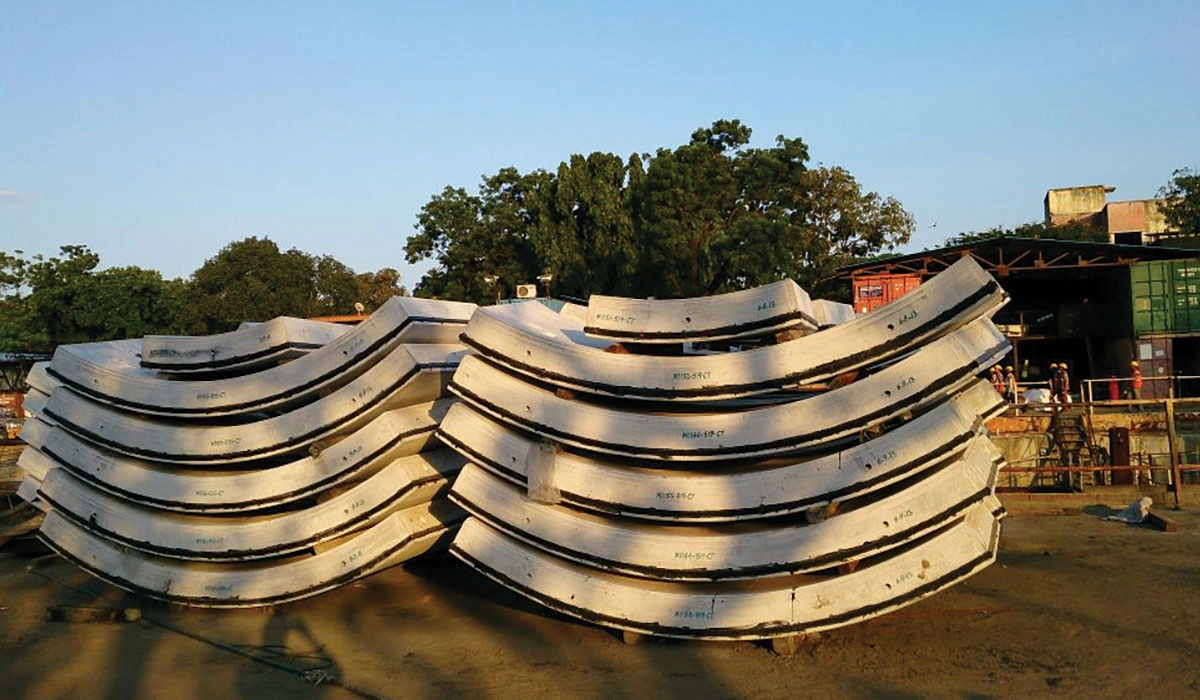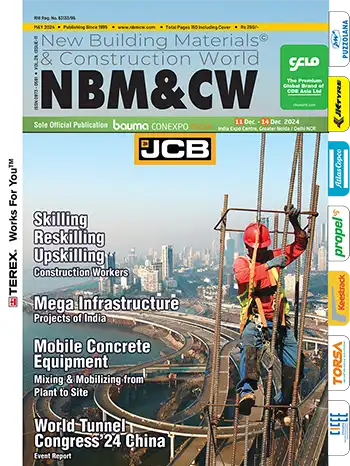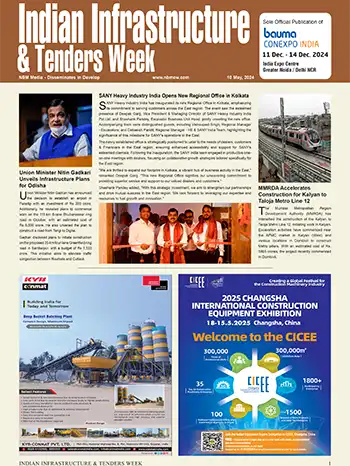AFCONS Infrastructure - Dr. Lakshmana Rao Mantri
We suggest optimizing project management, implementing lean construction principles, and utilizing advanced construction techniques like prefabrication.
AFCONS Infrastructure - Dr. Lakshmana Rao Mantri, Dy General Manager (Designs)
There are several strategies to help decarbonize the construction industry. For instance, equipment manufacturers can incorporate sustainable design practices that optimize energy efficiency, reduce material wastage, and maximize their use of renewable resources. They can also use design strategies such as natural lighting and ventilation and integrate renewable energy systems like solar panels.
Other measures include selecting materials with lower embodied carbon, which refers to the carbon emissions associated with their production, transportation and disposal; using recycled or reclaimed materials whenever possible, and prioritizing materials with low carbon footprints, such as sustainably sourced wood, recycled steel, and low-carbon concrete alternatives.

Installing renewable energy systems on construction sites and in completed buildings to offset energy consumption. This may include solar panels and wind turbines. Encouraging the use of renewable energy credits and incentives to promote investment in renewable energy infrastructure. Improving construction practices to reduce waste, increase efficiency, and minimize energy consumption. This includes optimizing project management, implementing lean construction principles, and utilizing advanced construction techniques like prefabrication.
The energy efficiency of buildings can be enhanced by implementing insulation, and smart building technologies, using energy-efficient appliances, lighting systems, and controls to minimize energy consumption during the building’s operation.
NBM&CW JULY 2023


















